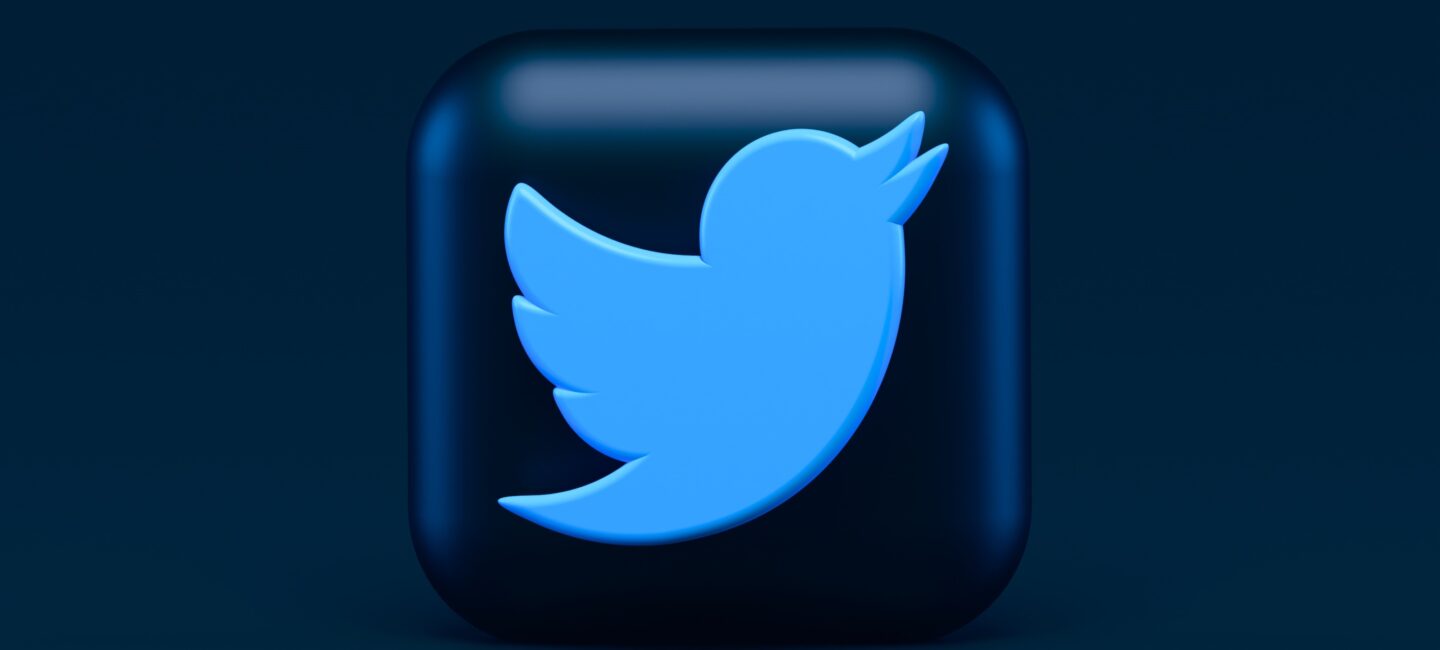Twitter Verification: Do You Need A Blue Or Gold Tick?
Since Elon Musk took over Twitter six months ago, the platform – much less its new owner – has rarely been out of the news. Arguably, the only measure against which Musk’s attempt to ‘free the bird’ has overdelivered is the amount of negative press he’s managed to generate. Twitter is haemorrhaging users, ad revenue is significantly down and its competitors are circling.
Given the slew of negative media stories, it’s understandable that many have tuned out as the chaotic decision making translates into yet another a negative headline. But our interest was piqued as Twitter started to roll out its previously abortive shake-up to its verification process.
With everyone from pop stars to politicians talking about their blue tick (or lack thereof) here’s our take on the situation.
What Has Happened to Twitter’s Legacy Blue Ticks?
Brands, celebrities, and people otherwise notable or notorious, have long since held blue ticks as a means of verifying they are who they say they are on the platform. Back in November 2022, it was announced that the previous mechanism for awarding verification would be retired and instead replaced with a tiered subscription model called ‘Twitter Blue’.
As part of this change, legacy blue ticks would be removed, leaving brands and users unverified unless they decided to pay a monthly subscription of between $10 for individual blue ticks and a recently announced $1000+ for brands to receive a gold tick.
After this initial launch, chaos ensued, with impersonation on the platform running unchecked and a lunatic fringe of conspiracy theorists purchasing blue ticks while inundating the platform with all manner of dangerous falsehoods. Despite the erratic roll out – and the damage to the brand and its revenue streams – the paid checkmark approach appears to be here to stay.
Why Has Twitter Introduced Paid Verification?
The reasoning behind these changes is clear: Twitter needs revenue. With all the recent upheaval scaring off several major advertisers, Twitter’s ad income is set to drop by 28 percent this year according to analysts at Insider Intelligence who said that “advertisers don’t trust Musk.”
Exacerbating the loss of ad revenue, is Twitter’s declining web traffic. Average daily users fell by nearly eight percent in March compared to the year before. This decline is part of a downward trend that will mean Twitter is likely to find it increasingly difficult to entice advertisers back.
Twitter’s stated aim of ‘creating the most trusted place on the internet for organisations to verify their affiliations and reach their followers’ may be true, but ultimately the pivot to subscription verification is a play for much needed revenue.
With the roll out restarting in earnest in December, Twitter Blue has since garnered between 550-585,000 subscribers, equating to $4m+ a month in revenue. It’s clear from this figure that Twitter will need many more sign-ups to offset the advertising loss.
The removal of legacy verified status kicked in on 20 April 2023. At the time of writing, fewer than 500 of the 400,000 previously verified celebrity users had signed up. Media reports suggesting this equated to a paltry $300 in additional revenue, and celebrities either continuing to use the platform unverified or simply leaving altogether, has done little to diminish the perception of a business in chaos.
These embarrassing unintended consequences have forced a swift U-turn and Twitter reinstated the verification of celebs and journalists over the weekend. Questions of false advertising, and growing consternation among users who now appear to have paid for the service when in fact they haven’t, mean we are likely to see further changes in policy in the coming days.
Are Twitter Blue Or Gold Ticks Worth Paying For?
Twitter Blue aside, what are the benefits of becoming a verified organisation on the platform anyway?
Coinciding with the removal of legacy ticks for individuals, was the announcement that brands must either pay to become verified to continue to advertise or spend upwards of $1000 on the platform. This will likely impact small businesses negatively and further compound the loss of ad revenue for Twitter.
Brands that decide to become verified will receive a gold checkmark on their profiles in the app along with a square profile frame, to better identify official brand accounts. This will be supplemented by an affiliate verification process where a team will be auto enrolled into Twitter Blue. Businesses will also get priority in reporting impersonation in the app, alongside precedence in the ‘For You’ tab which could lead to increased reach, engagement and follower growth.
From a marketer’s perspective, appearing in the ‘For You’ tab seems to be the most potentially positive benefit; whether it’s worth upwards of $1000 a month remains to be seen. While big businesses might decide to swallow the cost, we’re left wondering how smaller brands will feel about the additional outgoing in these straightened times, particularly when the benefits are largely underwhelming.
More broadly, are brands likely to fork out to be verified on a platform that was so quick to reinstate the profiles of Donald Trump, misogynist influencer Andrew Tate, the personal account of the far-right US congresswoman Marjorie Taylor Greene and even Taliban officials and their supporters in Afghanistan?
From a content and paid advertising perspective, there absolutely remains a place for Twitter within the marketing mix for brands who know their audience uses the platform. Twitter also remains a place where those who want to deploy more off-the-wall content to engage consumers, which might not land on other platforms, can do so.
It’s worth noting that as advertisers pull spend from the platform, we will see a further reduction in competition. If your brand has an established following and is looking for a cheap traffic source, the drop in ad costs brought about by reduced competition may well be worth capitalising on.
Overall, becoming a verified business on Twitter isn’t a step we would council clients to take currently, unless Twitter represents their largest social media traffic source, or they already have established campaigns spending upwards of $1000 a month. The subscription model offering lacks concrete benefits and does not stack up in terms of added value. Spending $1000 a month either in ad dollars or subscription fees to potentially share screen space with right-wing conspiracy theorists doesn’t seem like a very fair deal to me.
The author: Rob Lewis is paid social director at WPR. He’s a paid social performance marketing specialist, with a focus on direct response revenue and lead generation, and extensive experience buying media across all platforms for B2C and B2B brands.
Want to
know more?

WPR is an award-winning PR agency, based in Birmingham, renowned for getting the world talking about the brilliant brands we work with. We specialise in consumer PR, across sectors including food and drink, retail and leisure; B2B PR, where we work with companies spanning manufacturing, construction and HVAC industries; and social media.
To start a conversation about how we can get the world talking about your business, please get in touch – we’d love to chat.
